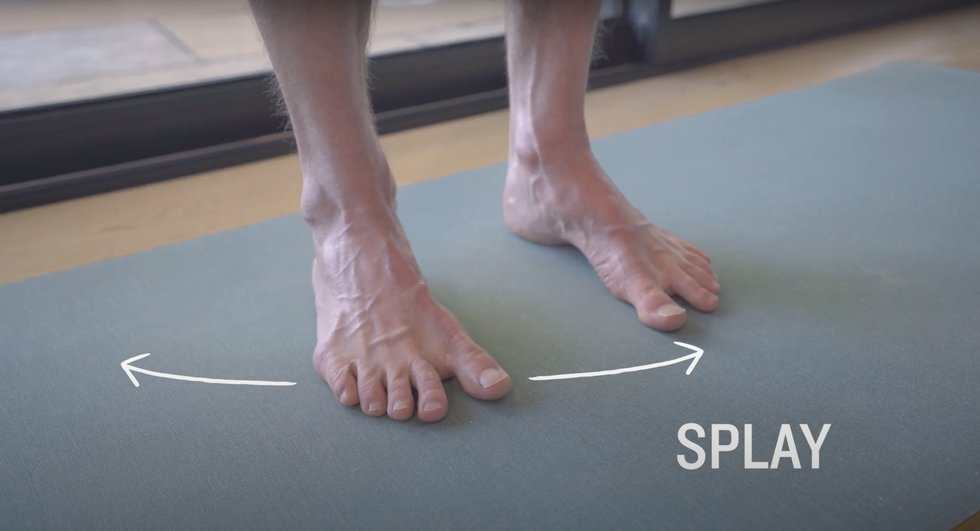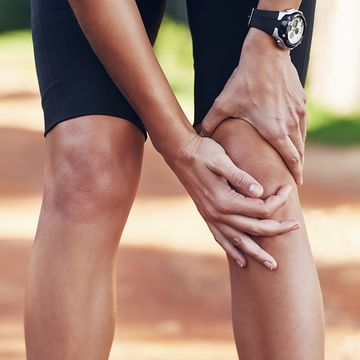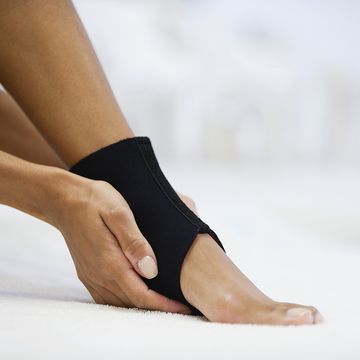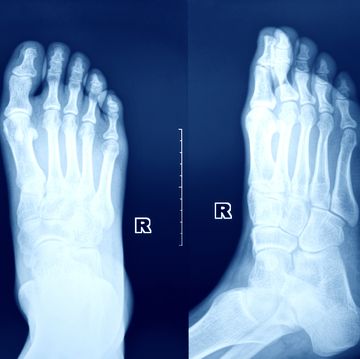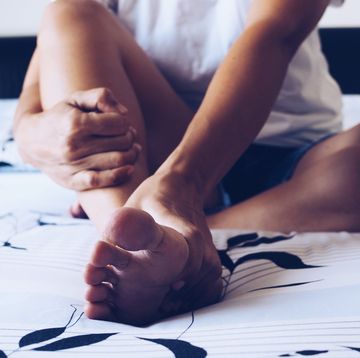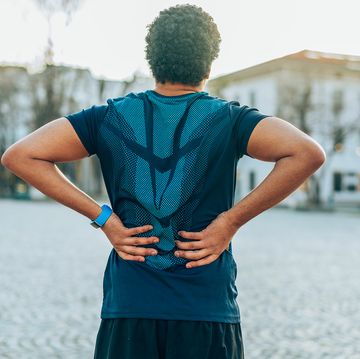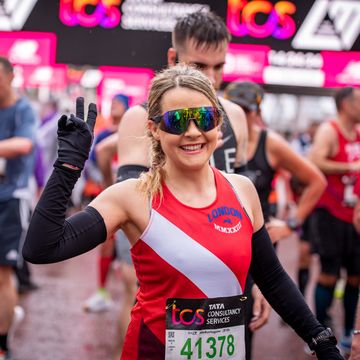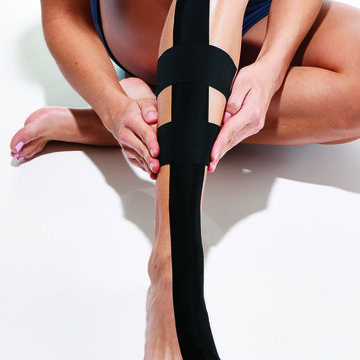As runners, most of us are aware of the benefits of traditional strength training. Adding in lower-body exercises such as squats, lunges, deadlifts, calf-raises and step-ups – preferably with weight – can boost running economy and, potentially cut the risk of injury. But how many of us take the time to strengthen our feet?
Research suggests we should. Runners who did a year of ‘novel foot core strengthening’ reduced their expected injury risk by 58%, according to this study. Interested to find out more? Check out this 7-minute YouTube video, which covers five foot core exercises similar to those used in the study. In addition, we caught up with Vivobarefoot's running and foot specialist, Ben Le Vesconte, to get the full rundown on foot-strength training. Here are his top four suggestions:
Take a walk
The simplest thing anyone can do for their foot health and movement skill, says Le Vesconte, is to walk in minimalist footwear. Liverpool University research shows daily walking in minimalist footwear strengthens feet by 60% in six months, as well as improving balance and physical function when compared to wearing normal – narrow, supportive, cushioned – athletic trainers. While some people may be better suited to running in more cushioned footwear, the smaller impact forces associated with walking mean that minimalist options may be appropriate for a broader spectrum of people.
Foot and ankle strengthening exercises
Our ability to achieve efficient postures when walking and running depends on our whole-body mobility. Toega (that’s yoga for the feet, folks) exercises can help, as can holding a deep squat positions (see below).
Toe squish and splay: bunch all your toes together. Then attempt to splay your toes as widely as possible, driving your big toe into the ground. Hold the position for 10 seconds and repeat 10 times.
Sit on heels: keeping the toes facing forwards, sit back on the heels allowing the toes (and plantar surface of the feet) to stretch. Once in a relaxed position, push the big toes into the floor repeatedly (pulsing) allowing the body to gently rock back and forth. Try to hold this position for 30 seconds. Once that becomes easy, gradually increase the time period.
Deep squat: with feet shoulder-width apart and facing slightly outwards, lower down to a deep squat, attempting to hold the position for as long as is comfortable. A weighted bar can help with form here (see picture). Try to hold this position for 30 seconds. Once that becomes easy, gradually increase the time period.
Mobilise the hips
A great way to combat seated posture, relieve back pain and improve hip alignment is to mobilise our hip flexors. By using our upper body weight on our front knee, we can also use this exercise to improve ankle range. Hold the position for 30 seconds, then swap sides. Repeat five times.
Jump
Try jumping with a quick 180 rhythm (three jumps per second) to improve foot elasticity and running technique. The devil is definitely in the detail here, says Le Visconte: maintain an aligned posture; land just forefoot, but ensure heels make contact with the floor too. ‘It almost feels like a flat foot landing, the forefoot makes contact a split second before the heel kisses,’ he says. ‘Landing too tippy toed and not allowing the heel to make contact increases contact time and overloads our plantar fascia, calves and achilles.’ Do one minute, take a 20-second break, then repeat five times.
For stronger, healthier feet, check out the ‘ VIVOHEALTH Barefoot Fundamentals’ course here.



